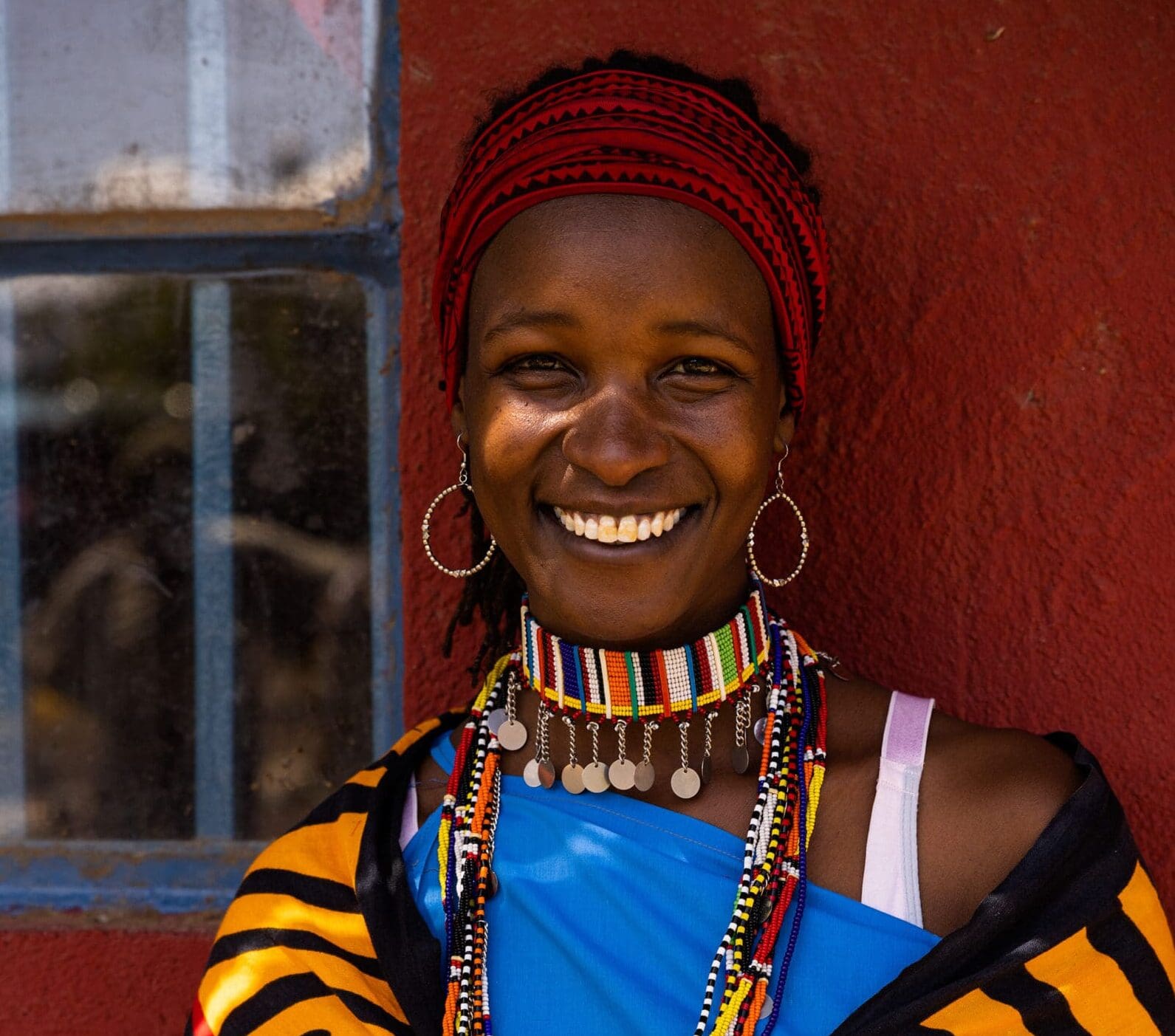Kilimanjaro
Kilimanjaro is the highest mountain in Africa and a dormant volcano. At 5,895 metres high with three peaks, it’s a must-see for every traveller to Africa. You simply can’t visit Tanzania without climbing, hiking, or at the very least touching this iconic African landmark!

The Five Kili Routes
There are no fewer than five different routes you can hike when visiting Kilimanjaro: the Machame Route, the Lemosho Route, the Marangu Route, the Rongai Route, and the Umbwe Route. Hiking Kilimanjaro will take you at least five days, so make sure to set aside enough time! The routes start from various surrounding towns, with Moshi being one of them—a small town nestled at the foot of Kilimanjaro.
1. Machame Route
The Machame Route and the Lemosho Route are our personal favourites. The Machame Route is also known as the ‘Whisky Route’. Not only does it have a tempting name, but it also offers the most advantages. This route boasts the highest success rate because the ascent is more gradual, allowing better acclimatisation and reducing the risk of altitude sickness.
The route takes you through the mountain’s diverse vegetation zones—rainforest, highlands, lowlands, rocks, and snow. You’ll constantly enjoy views of Moshi, Arusha, and Mount Meru. It offers beautiful panoramas and a great variety of landscapes! The Machame Route provides excellent value for money, and anyone with a decent level of fitness can take it on.
Keep in mind, though, that while it’s one of the easier routes in terms of acclimatisation due to its steady daily altitude gain, it also features some steep hiking sections with longer daily distances. Something to consider!
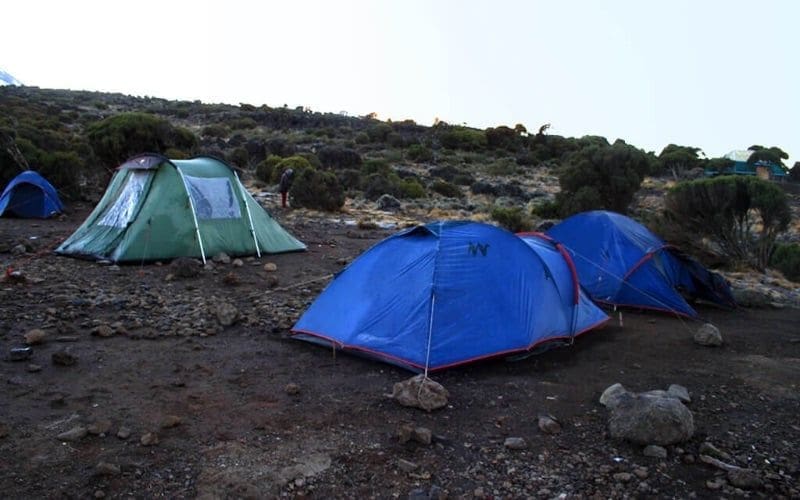
2. Lemosho Route
The Lemosho Route is one of the longest routes, taking six nights and seven days, or even seven nights and eight days. While it may take a bigger chunk out of your travel time, you’ll benefit from a very gradual ascent. This means a lower risk of altitude sickness and a higher chance of reaching the summit!
The route offers a stunning variety of landscapes, striking the perfect balance between adventure and safety. As one of the newer routes, the Lemosho is also the least ‘trodden’. It traverses the entire Shira Plateau from west to east, leading you from lush rainforest to breathtaking views of the Kibo volcano and its glaciers.


3. Marangu Route
The Marangu Route is the most well-known route on Kilimanjaro. It’s the oldest route, but unfortunately, also the busiest—making it not quite our favourite. It’s nicknamed the “Coca-Cola Route” because you can grab a can of Coke at almost any point on your way to the summit.
The route is likely so popular because it’s the shortest and fastest way to the top. It’s also the cheapest option, but this often means hiking in a procession of other trekkers. Since you have less time to reach the summit, acclimatisation is more challenging on this route. This increases the risk of altitude sickness and, unfortunately, reduces your chances of making it to the top.
4. Rongai Route
The Rongai Route is the only route that approaches Kilimanjaro from the north. It’s a relatively quiet trail, perhaps because of the long drive needed to reach the northern side of the mountain. The route starts at a higher altitude and is shorter than the Lemosho Route. While this makes acclimatisation more challenging, it also offers a completely different perspective of the mountain—both literally and figuratively!
Keep in mind that the northern side is less green and offers less variety compared to the western routes. However, the Rongai Route makes up for this with significantly less foot traffic and the added bonus of descending via the Marangu Route.
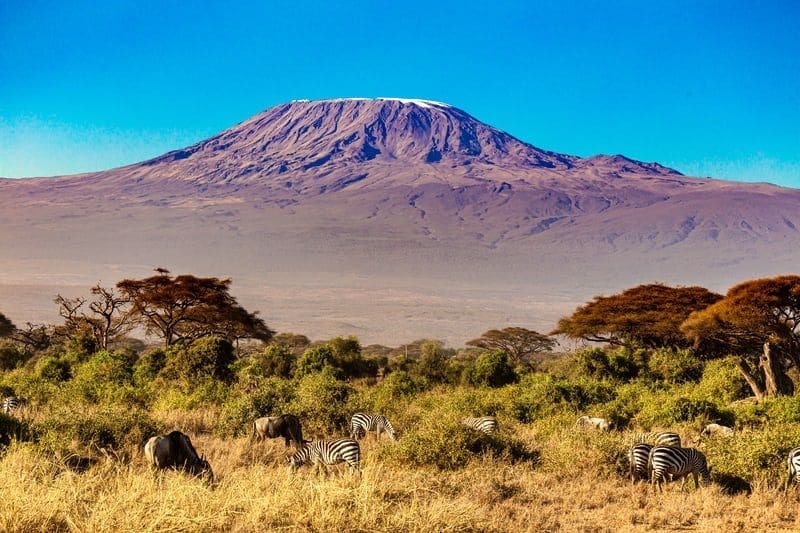
5. Umbwe Route
Die-hards only! The Umbwe Route is the toughest way up, with a very steep ascent. Because of its difficulty, it’s also the quietest route. This path is only recommended for seasoned hikers with plenty of experience!
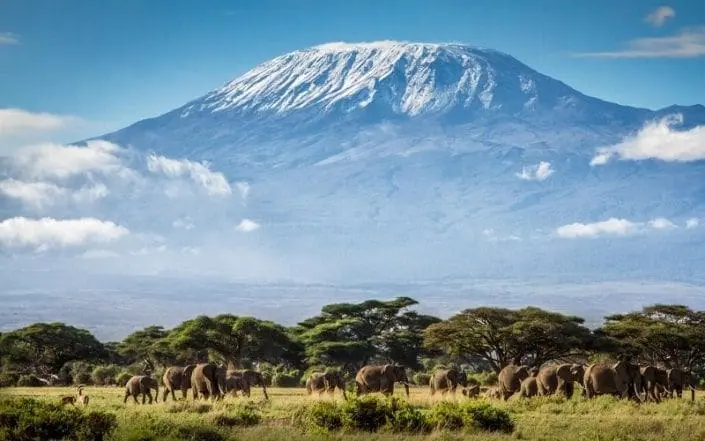
Discover more of Tanzania
Or go through all our unique and authentic experiences
Tarangire National Park
The African sunset casting its glow over the diverse landscapes creates a mesmerising effect on the park. Tarangire is truly magical.

Mkomazi
Once inaccessible, this park is now within reach, offering visitors a chance to experience its spectacular wilderness.
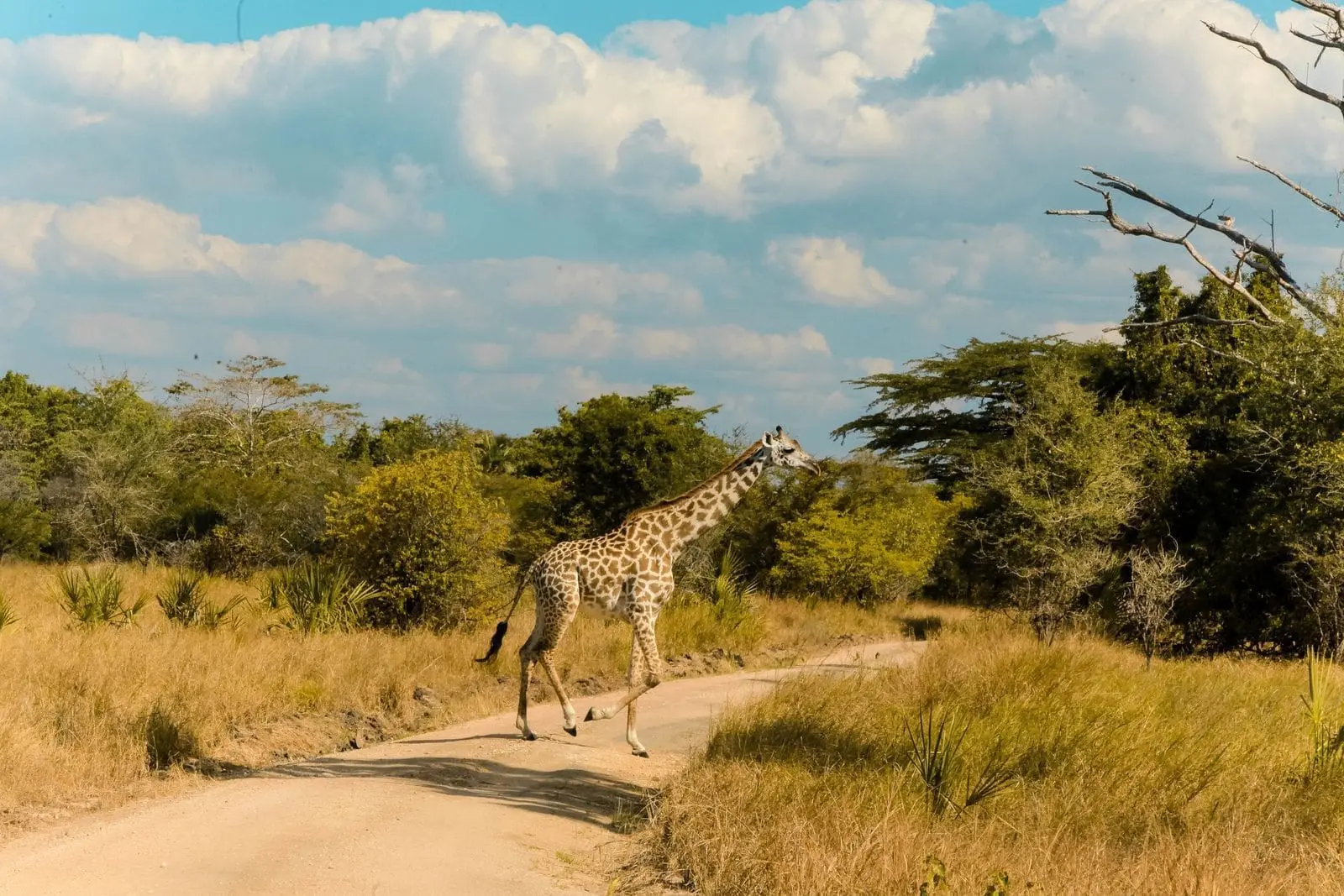
The wild north
With a thrilling motorbike safari as the highlight, you’ll discover the wilderness, meet the locals, and be enchanted by unspoilt beauty.
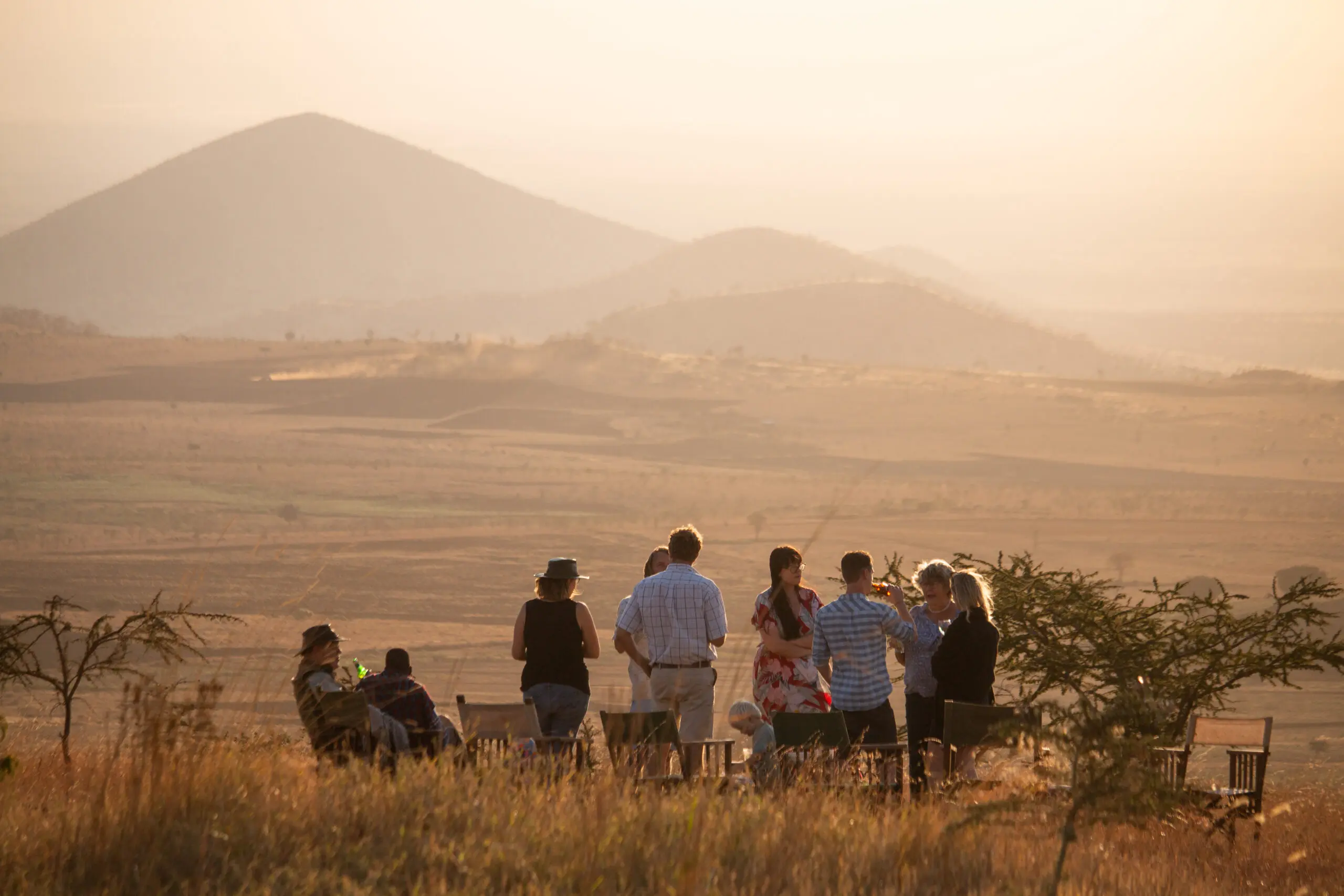

Need travel advice? Ask our Africa experts
Hungry for the unknown? Our Africa experts have answers to your pressing questions.


